Mary Meyer Pin Cushion Doll – Made in 1938
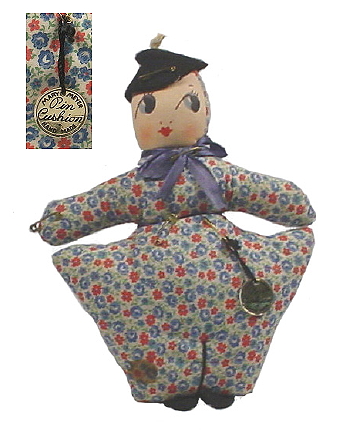 My name is Walter Meyer and Mary Meyer was my Mother and I grew up in the stuffed toy business. Today Mary Meyer stuffed toys is located in Townshend, VT, where I live also.
My name is Walter Meyer and Mary Meyer was my Mother and I grew up in the stuffed toy business. Today Mary Meyer stuffed toys is located in Townshend, VT, where I live also.
Mary Meyer’s business began in New York City in 1933. In those days we were at 3 West 29th Street, on one of the upper floors, which was just off Fifth Ave. behind the Marble Collegiate Church.
In 1937 the family and business the moved to Cranford, NJ and in 1945 we moved to Vermont, where we are today. My Dad, Hans Meyer, had stomach ulcers from the stress of business and wanted to live a quieter, lower stress life.
In the late 1930’s Mary Meyer was designing, manufacturing and distributing their line of animal pin cushions and oil cloth covered stuffed toys and selling them to major department stores like Marshall Field in Chicago and JL Hudson in Detroit and chain stores like Woolworths, Kresge and WT Grants.
In the 1930’s and early 1940’s Dad, being the company’s salesman, would travel all over the eastern USA as far west as the Mississippi River by train calling on his customers. I still have the accounting journals that show all the customers, shipments and the amount they bought in 1935, 1936, 1937, etc. – up to 1944.
Being based in the New York City area at the time, he also visited the buying offices of the chain stores. At that time buying offices were places where manufacturers and salesmen could show their products to representatives of the department stores, who then pass their advice on to the head buyer and to the stores.
In the late 1930’s Mary Meyer’s main products were animal pin cushions. The assortment of pin cushions we made included a Scotty, a Cat, an Elephant, a Duck, a Lamb, a Horse and later a Camel. Mary Meyer also made a doll pin cushion, which was not as popular, but we have bought 3 of them during the past 5 years on the internet. I believe the Pin Cushion Dolls were made in the late 1930’s – about 1938.
In 2007 my daughter Linda found one on the internet and purchased it for our Mary Meyer museum. It was from Kansas. About 6 months later she found a second one, which she purchased for her own collection. A friend found a third one for her Mary Meyer collection. The dolls were not as popular as the animal pin cushions. I do not believe we manufactured more than a few thousand pieces but 70 years later we have found 3 dolls. Possibly there may be more out there.
I know the dolls are ours because I remember them as a youngster. They also have a Gold foil string tag on them that says “Mary Meyer – Pin Cushion – Hand Made”. The photo of the pin cushion doll we have is shown here along with an enlargement of the Mary Meyer Gold foil hang tag.
The silk-screened faces came from Crescent Hill Novelty Co. in New York City, a supplier we used for many, many years. Mother and Dad used them in the 1930’s and 40’s and I used them in Vermont from the 1950’s until the early 1980’s. They supplied doll and monkey faces and other toy parts to the toy manufacturing trade.
The body was made from colorful cotton percale and the body parts were cut with an up-and-down knife cutting machine or a cutting machine with a circular blade. The garment industry used these same cutting machines to cut out all types of clothing. The sewing was done on a commercial sewing machine and sewn wrong side out. The toy is sewn wrong-side-out, so the seams won’t show after the toy is turned right-side-out. An opening for turning and stuffing is left in the back of the toy in an inconspicuous place.
The stuffing was the next operation and done by hand. The cotton used was usually garneted cotton, which made from cotton fabric scraps left over from the weaving or manufacturing trades. These scraps and pieces are accumulated and purchased by a company, who shreds pieces of fabric. This brings the cotton back to its original, fluffy condition, as though it had been just picked from the cotton plant.
The opening is located in the upper back of the toy. The cotton is stuffed into the toy, filling first the lower legs, then the body, then the arms, the head and finally the chest. The opening is then sewn closed by hand. A ribbon is tied around its neck and tied in an attractive bow.
Being a pin cushion there are usually 5 brass safety pins attached. In this case the Gold foil tag and the felt cap are attached with two of the safety pins. Besides the safety pins a small spool of thread is ually attached to the neck-ribbon as a further indication it is for buyers who sew.
The doll pin cushion are then ready to be shipped to the stores that were Mary Meyer customers for resale to women who were making their own cloths and needed a place to store their pins and needles.

 Right Side Left Side Musical Tag Mary Meyer Tag
Right Side Left Side Musical Tag Mary Meyer Tag 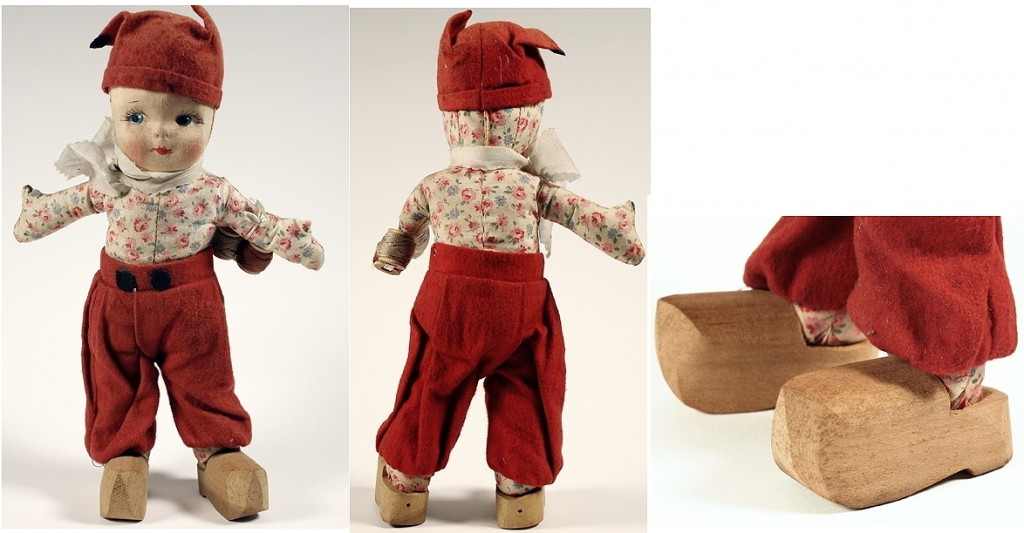
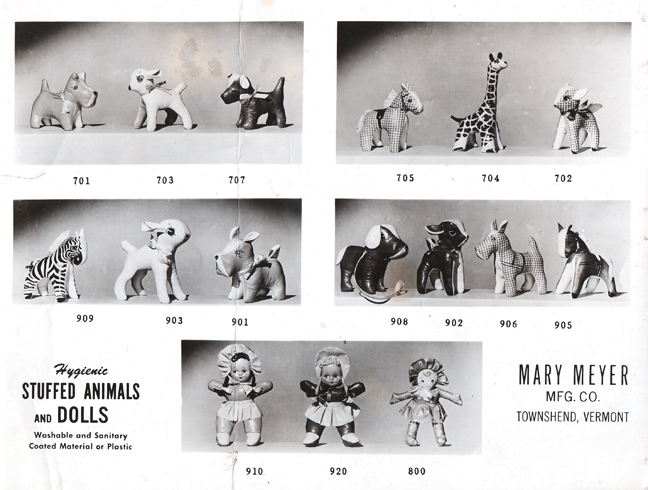

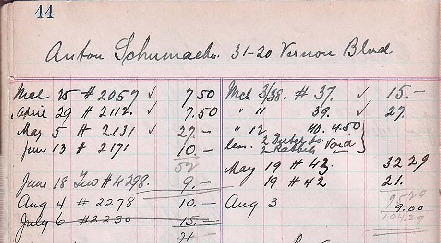
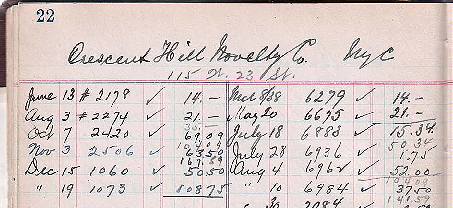
 As a young woman, Mary Lorang studied clothing design in New York City. When she was twenty-five, she married a salesman named Hans Meyer. Four years later in 1933 they decided to put their talents together. Mary and Hans began to design, manufacture, and sell tomato and animal pin cushions along with dolls. After several years they added stuffed toys.
As a young woman, Mary Lorang studied clothing design in New York City. When she was twenty-five, she married a salesman named Hans Meyer. Four years later in 1933 they decided to put their talents together. Mary and Hans began to design, manufacture, and sell tomato and animal pin cushions along with dolls. After several years they added stuffed toys.
